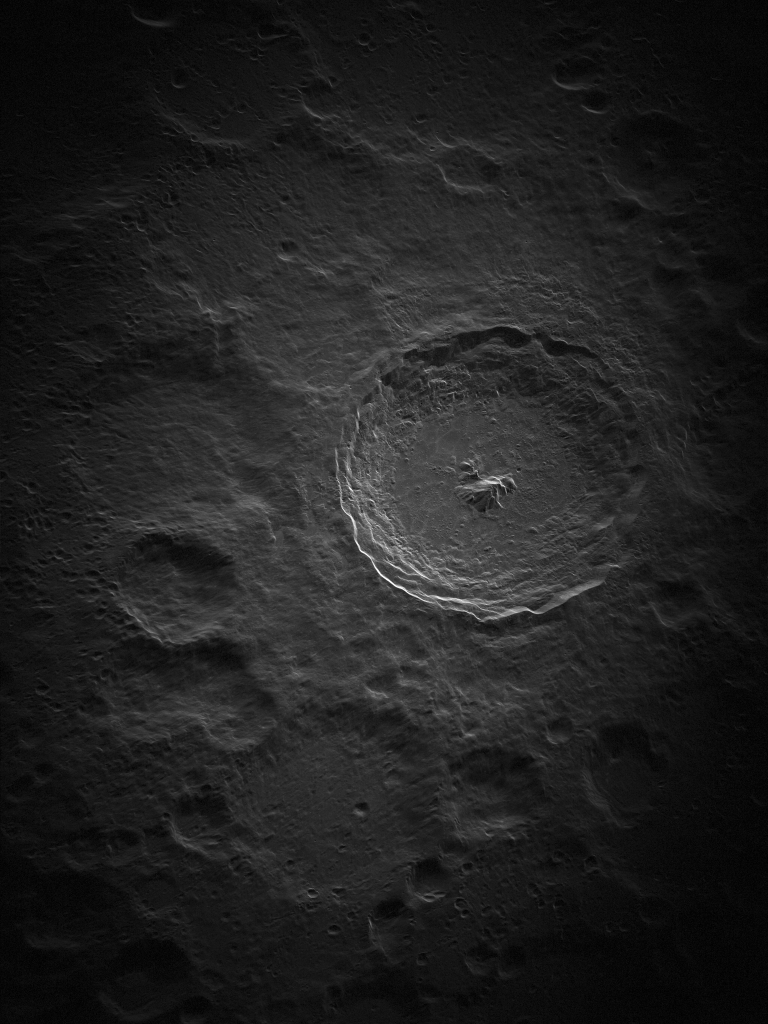Using a transmitter which power is less than that of a microwave, a team of scientists and engineers from the National Radio Astronomy Observatory (NRAO) obtained a record-breaking image of the lunar surface in detail. You can see the Tycho crater on it.

A prototype of the next-generation radar system installed on the Green Bank radio telescope was used to photograph the Tycho crater. Its output power is 700 watts, the signal frequency is 13.9 GHz. The device was aimed at the Moon, the reception of reflected signals was carried out by ten 25-meter antennas that were part of the VLBA complex.
As a result, scientists manage to obtain images of the Tycho crater, which resolution is 5 meters. To date, these are the most detailed images of the lunar surface taken by a ground-based observatory.

The resulting Green Bank image clearly demonstrates the structure of the Tycho. It is believed that this is one of the youngest lunar craters. You can also pay attention to the well-preserved central peak of the shock formation.
In the future, the NRAO plans to create a much more powerful system designed for Solar System radar. Its heart will be a new radar with a power of 500 kW and a bandwidth of 600 MHz. It can be used both to study the Moon and other planets, and to track small objects, especially potentially dangerous near-Earth asteroids. The transmitter is planned to be installed on the Green Bank radio telescope, while the reception of signals will be carried out by VLBA antennas and the designed ngVLA complex.
You can also read about how the South Korean Danuri probe managed to photograph a section of the lunar surface located in the eternal shadow.
According to https://greenbankobservatory.org
Follow us on Twitter to get the most interesting space news in time
https://twitter.com/ust_magazine

